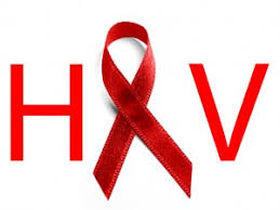Baltic, Health, Latvia, Markets and Companies, Medicine
International Internet Magazine. Baltic States news & analytics
Thursday, 18.12.2025, 14:25
Title of EU/EEA leader by new HIV cases passes to Latvia
 Print version
Print version |
|---|
Although the total number of registered HIV cases in Estonia is still higher than in Latvia and Lithuania, it has been decreasing with every year in the neighboring country, unlike in Latvia, where the number of new HIV cases has been rising. Last year it was 18.5 cases per 100,000 population or higher than Estonia's 17.4 cases per 100,000 population. In Lithuania, 7.4 new HIV cases per 100,000 population were registered in 2016.
2016 is the first year when the number of new HIV cases registered in Latvia is higher than in Estonia, said Inga Upmace, the head of the Baltic HIV Association. "It is a very serious signal to the Latvian health care system and means that the authorities of all levels should address the problem urgently," she said. Public awareness must be increased, people should be invited to take HIV tests and anti-viral therapy should be provided to the HIV-infected, she said.
Without breaking the stereotypes about HIV and involving family physicians in the HIV diagnostics, like it was done in Estonia, we will not be able to keep the HIV infection from spreading in Latvia, Upmace said.
According to the information from the Latvian Disease Prevention and Control Center, a total of 6,972 HIV-infected people were registered in Latvia at the beginning of this year, including 365 new cases diagnosed in 2016.
In most cases (38%) people got HIV through heterosexual contacts, while in 6.6% of cases they got infected through homosexual contacts. Intravenous drug use was the source of infection only in 17% of new HIV cases registered in 2016 which means that the prevention measures aimed at this category of potential HIV patients and launched nearly 20 years ago have been effective.
Although two-thirds of all HIV-infected in Latvia are men, there is a dangerous trend of babies getting the infection from their mothers. Six such cases were registered last year, but the total number of HIV-infected babies in Latvia exceeds 70.








 «The Baltic Course» Is Sold and Stays in Business!
«The Baltic Course» Is Sold and Stays in Business!

